Safety glass is a type of glass that has been processed to be more resistant to breakage and less hazardous when broken. It reduces the risk of glass shards and injury, making it a safer option for various applications such as windows, shower doors, and other glass installations.
There are two widely used types of safety glass: tempered safety glass and laminated safety glass. Tempered glass is strengthened through chemical or heat treatment, resulting in tiny granules when broken, rather than sharp shards. On the other hand, laminated safety glass consists of layers of glass and plastic bonded together, preventing scattering of glass fragments when broken.
Areas where safety glass is required include specific locations in commercial buildings and various spaces in homes or workplaces:
1. Commercial Buildings



2. Homes and Workplaces





Safety glass regulations apply to both new and existing homes and are strictly enforced by law. Complying with these regulations ensures the protection of users and maximizes the benefits of safety glass installations. Installers and manufacturers must meet industry standards and legal requirements to ensure the proper use and installation of commercial safety glass.
Sources: http://pleasantonglass.com/blog/safety-glazing-need
Sources: https://www.jpf-systems.co.uk/are-you-complying-with-commercial-glazing-regulations 14- kncsafetyglass_com-Phanchita



